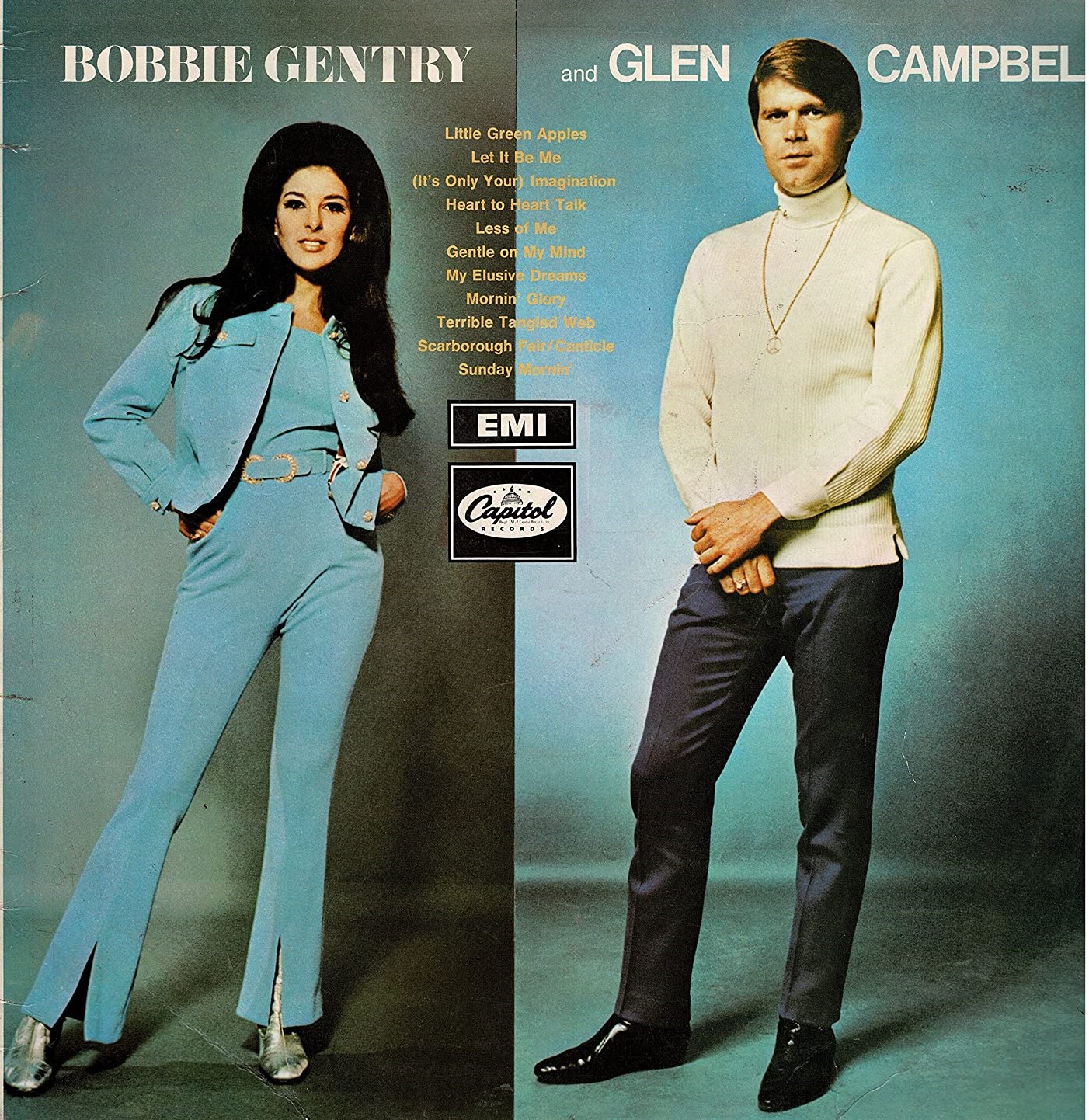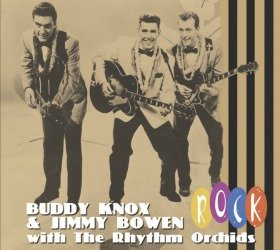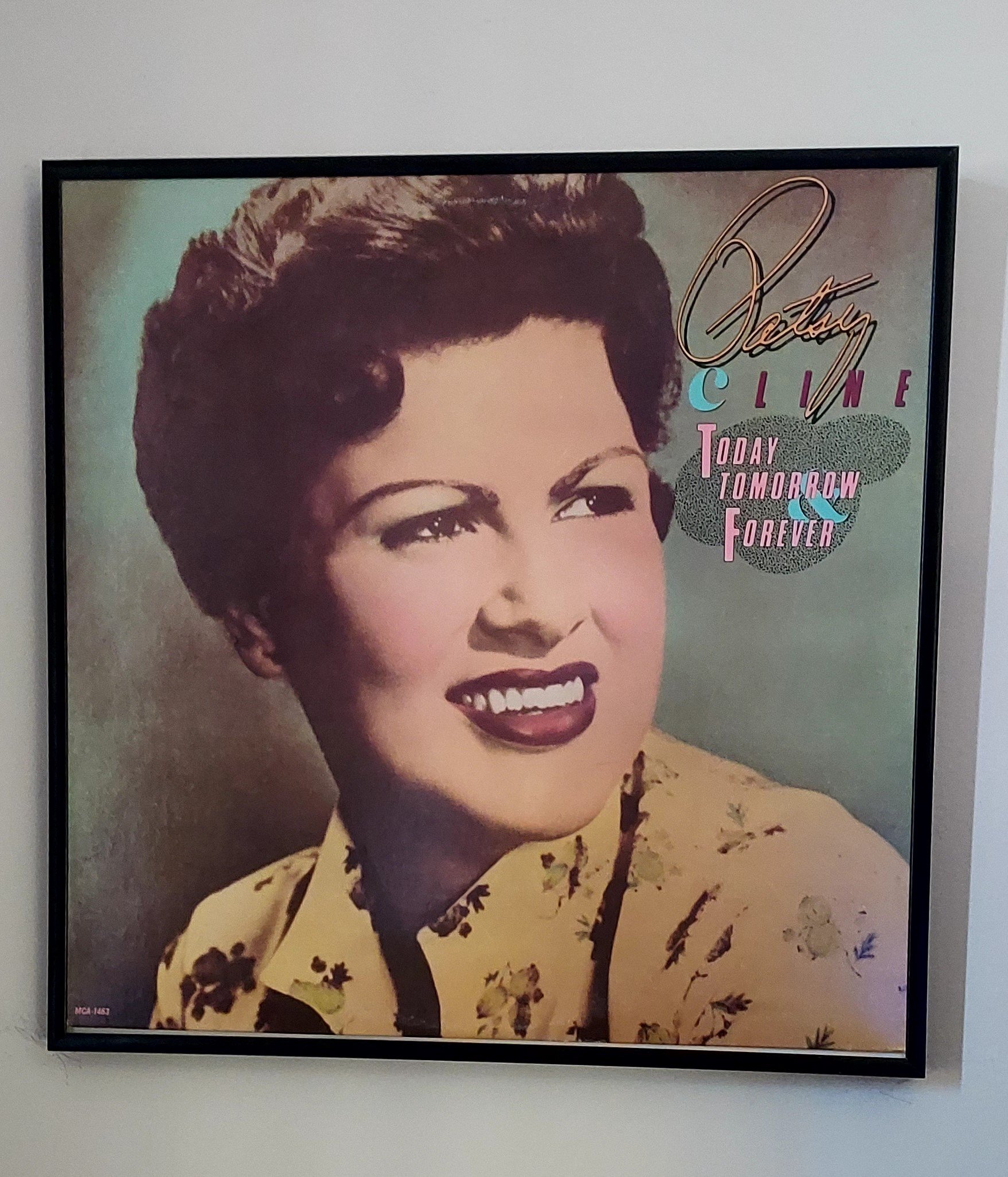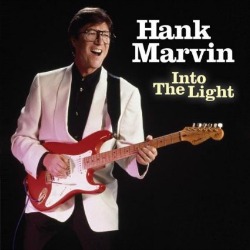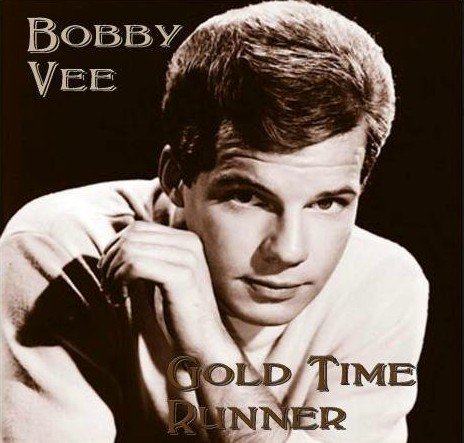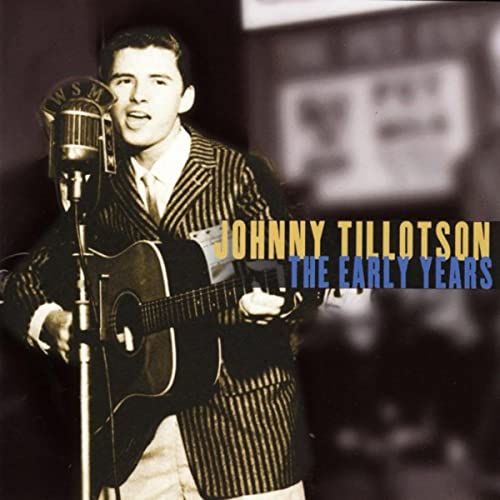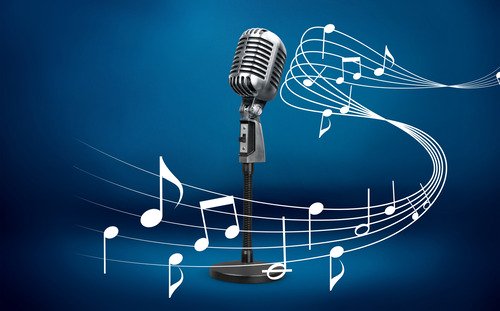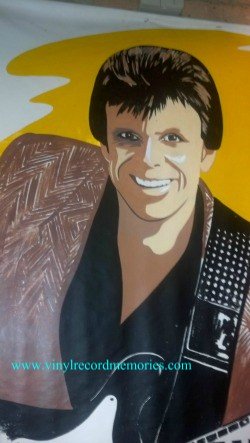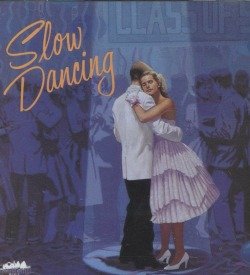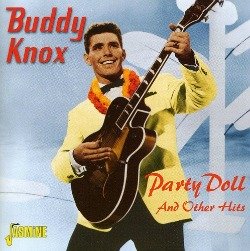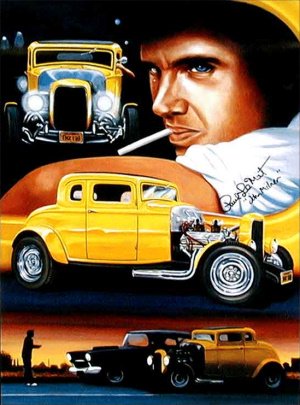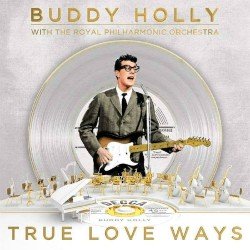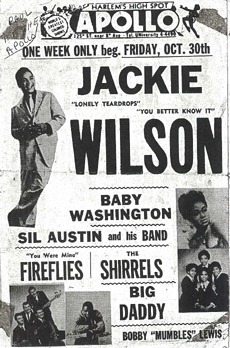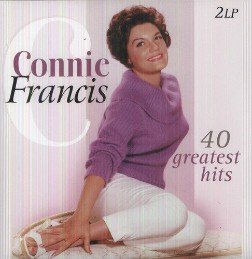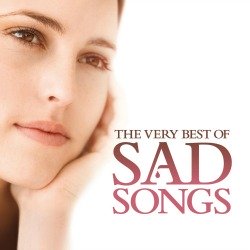Buddy Holly Vinyl Record Memories
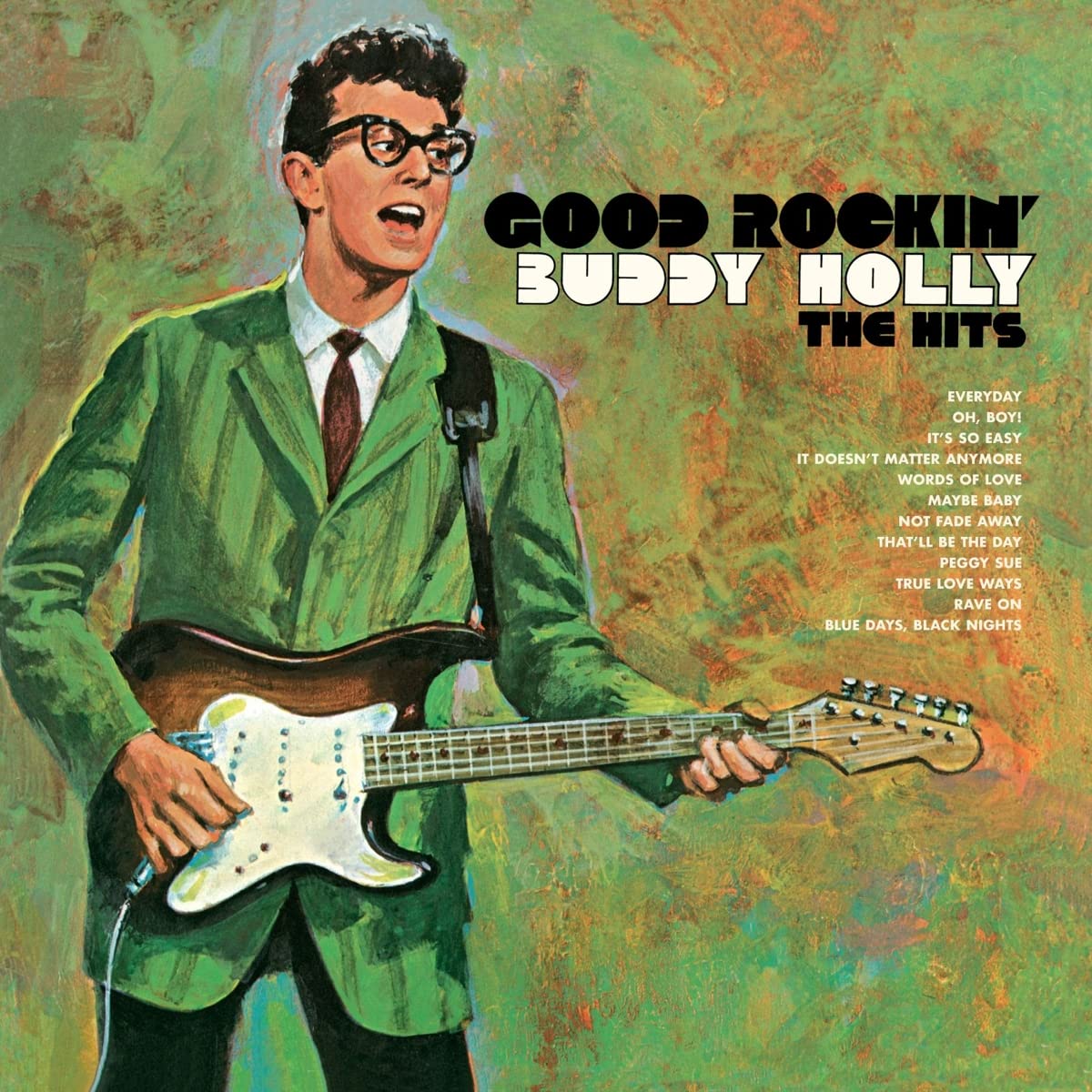
The Buddy Holly Vinyl Record Memories return to 1978 when Gary Busey was nominated for an Oscar for his performance in "The Buddy Holly Story." No doubt it turned a lot of heads and made people pay more attention when the film was released on video and cable TV.
What a great film. Some of us were there during this special time in history. If you grew up in the Buddy Holly era, this 1978 biography profiles the life of someone who helped change forever, the music in the 50s and beyond. The Roller Rink medley and The Crickets at the Apollo look back at this special time in history and how it all began.
Roller Rink Medley - Ollie Vee & That'll Be The Day.
The roller rink medley is a favorite scene in the movie for many of us. The swooping camera scene was shot inside a roller rink where Buddy and his band play some bop for the kids and scandalize the community.
When the band switches from the drowsy "Mockingbird Hill" to the thumping "Rock Around With Ollie Vee" the kids react instantly, rushing the stage and clapping their hands while adults are rushing the exits clapping their ears.
The scene will send you back to your 1950s roller rink days with period touches like the malt and milkshake bar and the ever popular roller skating line dance. A thrilling time capsule when rock was taking over American culture.
Both Charles Martin Smith (Ray Bob) and Don Stroud (Jessie) are actually playing bass and drums respectively. I
especially liked Stroud as Jesse the drummer, the way he cracks the
skins and hammers the high hats with door-slamming authority. They're also singing backup vocals as well. A great film with talented actors that didn't get the credit they deserved.
The Buddy Holly Vinyl Record Memories bring out the best in the acting talents of Gary Busey. When the camera is on Busey as Holly, something takes over. He lives through each moment of the film with his powerful on screen performance, losing himself in Buddy's big glasses and on-stage antics. He jumps into "That'll Be The Day" and the excited roller rink crowd surrounds the stage and joins in the fun.
All the numbers are performed live, an unusual and brave choice by director Steve Rash that pays off brilliantly, capturing the raw vibrancy of straight-ahead rock 'n' roll. Busey really deserved to win the Oscar for this performance. That's actually him singing, although the guitar was dubbed in.
It's not a note-perfect Buddy, but it draws on his spirit in a defining way. That's what makes Busey's performance so remarkable; he is so convincing and compelling that you actually believe this is who Buddy Holly was.
Buddy & The Crickets at The Apollo Theater.
Another Buddy Holly vinyl record memories favorite scene is at the Apollo Theater, where Buddy and the Crickets become the first white band to play in that Harlem venue, getting a hilariously cold reaction when the curtain goes up, then winning the crowd over.
Buddy starts off with his hit, "Oh Boy" and gets a positive feeling from the crowd. He plays another song, "It's So Easy," and when the song "Rave On" begins with his trademark hiccup, several couples in the audience jump to their feet and begin dancing in the isles.
I sort of doubt it happened like that, but there's some funny exchanges with the theater manager, who booked the group from 16-22 August, 1957 and assumed they were black. A great music scene and Busey is fabulous. Rave on, Buddy, Rave on.
History disappointments - How to Get Written Out of History.
Imagine if there were a film about Paul McCartney. George Harrison is written out completely, while the other two Beatles are named Jack Jones and Fred Smith.
You think that's ridiculous? Well, that's exactly what happened in this film.
The
Crickets are all but deleted. Guitarist (the late) Niki Sullivan is
written out completely. And why change the names of the drummer and
bassist to a pair of nonentities named Jesse and Ray-Bob, when everybody
knows that the other two Crickets were named Jerry Allison and Joe
Mauldin. (died February, 2015)
It's an insult to three respected musicians. In reality, Sullivan did a lot of the work that Holly got credit for, and Allison's drumming was very much the band's distinctive sound.
And what about the broad disregard for historical accuracy with Buddy's producer, Norman Petty? Why was he ignored?
The group started in a small recording studio, and Petty helped write some of their earlier songs. Where are the daily trips to the Clovis, New Mexico studio? This important producer and his studio should have been reflected in the movie.
One of Buddy's major talents, besides his unique singing style and his songwriting ability, is often downplayed. Buddy was also a skilled lead guitar player, developing a unique rockabilly style all his own on his Fender Strat.
Gary Busey
attempts to capture this aspect of Buddy's persona. There were other
contemporary master guitar rockers of equal caliber, such as Carl
Perkins, Eddie Cochran and Chuck Berry, but Buddy's talent is often
overlooked.
In the movie Buddy is shown playing the Fender
Bronco, the wrong model guitar. The Fender Bronco would not be around
until the mid sixties.
Buddy Holly Vinyl Record Memories - The Sad Ending.
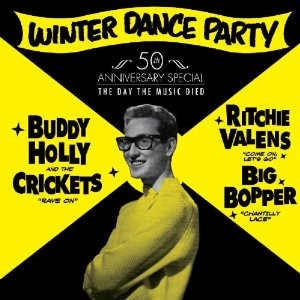
The film closes with an extended concert scene featuring a medley of
Holly hits, representing the final, fateful performance in Clear Lake,
Iowa.
What an ending, what a thrilling moment, a joyful sensation of freedom and also an anticipated sadness, because we know these guys are living the last moments of their life.
You watch
the movie in anticipation of the plane crash that would abruptly end the
movie. How could it just end like that. But it doesn't...Everyone is on
stage, Buddy shouts "See you next year," and the image freezes -- The rest is Rock and Roll history.
As
sad music plays over the movie credits, an abrupt ending conveys
extremely well, the brutality and the shock that was Buddy Holly and his
companions' death.
His career didn't last more than 18 months, yet he would change the face of music forever, inspiring many generations of singers. Holly would even inspire one of the most touching and beautiful songs ever, Don McLean's famous 1972 eulogy about that tragic February "Day the Music died."
If there is one reason to watch this movie, it's for Gary Busey's incredible portrayal of the lead character. This movie is not so much about presentation of the hard facts, but a celebration of a man and his music, which Busey's performance along with all of Holly's best songs easily accomplishes.
This wonderful old movie and McLean's song gave Buddy Holly back to us in a small but tangible way. For that, and for Busey's breakout moment, it is worth treasuring.
Norman Petty Studios. Where Rock-n-Roll History Was Made!
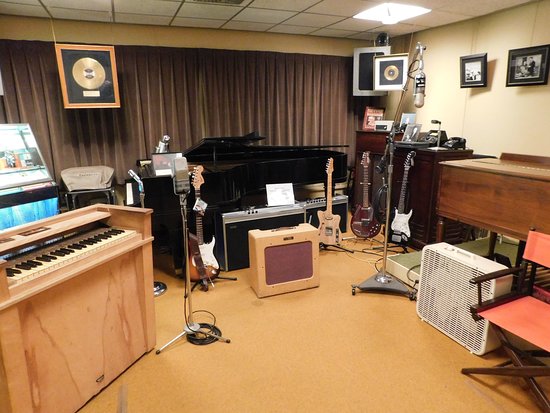
To walk into Petty’s stucco Seventh Street studio in Clovis, New Mexico, is to be engulfed in the spirit of rock history. Roy Orbison recorded there ( “Ooby Dooby,” 1957) and Jimmy Gilmer recorded his #1 song, Sugar Shack at the Petty studio. Buddy Knox also recorded his big hit, "Party Doll," and Waylon Jennings recorded with Holly and famed saxophonist King Curtis in 1958.
The contents sit frozen in a vinyl-and-chrome time warp, complete with fat dangling microphones. Return with me to the late fifties and the Norman Petty studio. This short one minute and nineteen second clip takes you back in time to the exact location, where Buddy Holly and The Crickets recorded their history making sounds.
Visit the Original Golden Oldies Pages.
Who Does the Best Cover of These Classic Oldies?
Doo-Wop Classics - Vinyl Record Memories.
